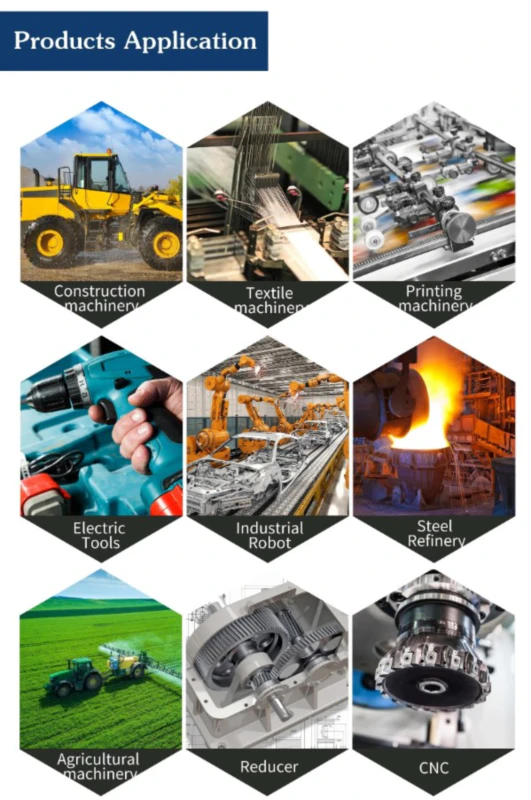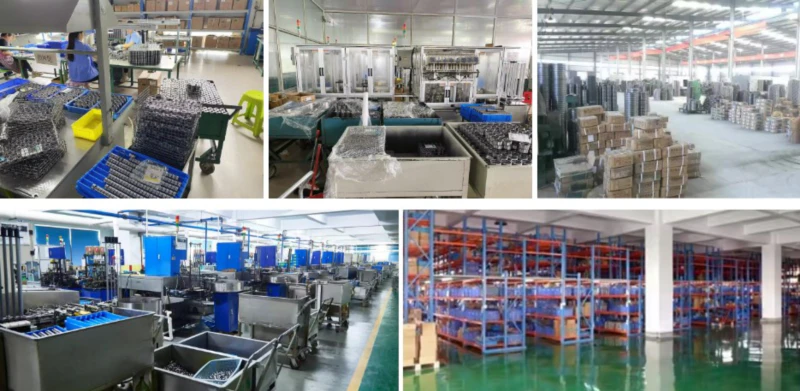Track Bearings Contamination
Track bearings contamination refers to the presence of foreign particles or substances that can negatively affect the performance and lifespan of track bearings. It is crucial to understand the causes, consequences, and prevention methods associated with track bearings contamination to ensure optimal functioning and durability.
1. What are Track Bearings?
Track bearings, also known as track rollers or cam followers, are specialized rolling bearings designed to support and guide linear or rotational motion in various industrial applications. They are commonly used in equipment such as conveyor systems, printing machines, automotive assemblies, and agricultural machinery.
2. Understanding Track Bearings Contamination
Track bearings contamination refers to the introduction of unwanted particles or substances into the bearing system, which can interfere with its smooth operation and cause premature wear or failure. Contaminants can come from various sources, including:
- Dust and debris present in the operating environment
- Improper handling during installation or maintenance
- Insufficient sealing or protection
- Ingress of liquids or chemicals
It is essential to identify and address potential sources of contamination to minimize the risk of damage to track bearings.
3. Consequences of Track Bearings Contamination
Track bearings contamination can have several detrimental effects on their performance and overall equipment functionality. Some of the consequences include:
- Increased friction and wear
- Reduced operating efficiency
- Noise and vibrations
- Decreased load carrying capacity
- Premature failure
To avoid costly repairs and downtime, it is crucial to implement effective contamination control measures.
4. Prevention Methods for Track Bearings Contamination
To prevent track bearings contamination, the following measures should be taken:
- Proper sealing and protection: Ensure that the bearing housing is adequately sealed to prevent the ingress of contaminants. This may involve using protective covers, seals, or specialized coatings.
- Regular cleaning and maintenance: Implement a regular cleaning schedule to remove any accumulated dust, debris, or substances that may have entered the bearing system.
- Proper handling and storage: During installation or maintenance, take precautions to prevent the introduction of contaminants into the bearing system. This includes using appropriate tools, wearing clean gloves, and storing bearings in clean and dry environments.
- Environmental control: If possible, create a controlled environment that minimizes the presence of dust, moisture, or other contaminants that can negatively impact track bearings.
By implementing these prevention methods, the risk of track bearings contamination can be significantly reduced, ensuring prolonged operational life and enhanced performance.

5. Conclusion
In conclusion, track bearings contamination can have severe consequences on their functionality and overall equipment performance. It is crucial to understand the causes, effects, and prevention methods associated with contamination to ensure optimal track bearing operation.
Author: Czh

Company Introduction:
Our company is a leading player in the Chinese reducer market, specializing in the production of servo reducers, plastic gearboxes, gear motors, worm gearboxes, worm wheels, worm reducers, and more. We possess a wide range of fully automated CNC production equipment and assembly facilities.
At our company, we take pride in providing high-quality products, competitive prices, and excellent customer service. We welcome customers to customize their products based on their specific requirements.
Author: Czh